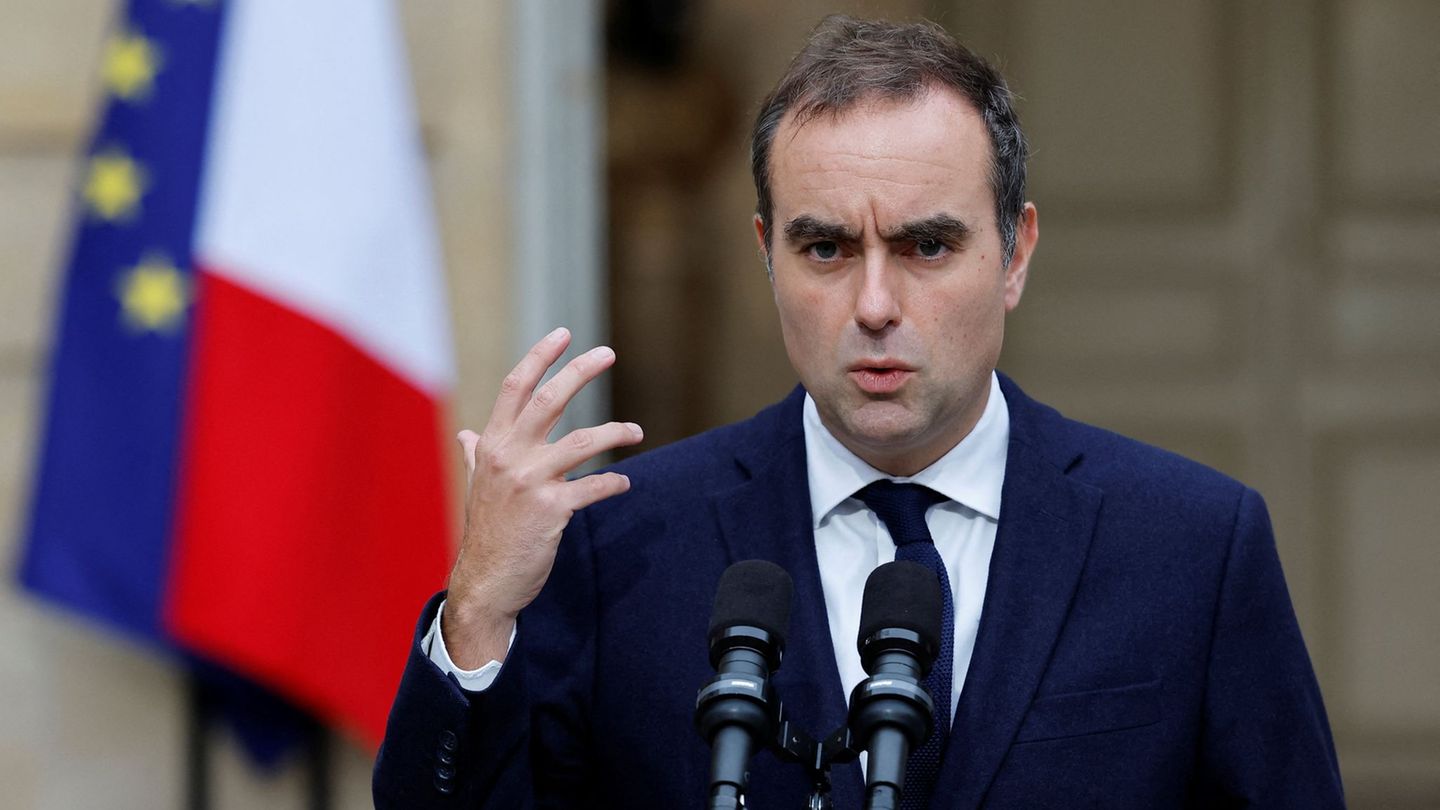The indicator shot next to the climbing in the price of the dollar. The political and economic fears led to their growth.
He risk country He placed again in alarming levels This Friday and is already positioned as the second highest in Latin America, above the Bolivia and being only surpassed by Venezuela. This consolidates Argentina as one of the countries with greater difficulty accessing external credit.
The content you want to access is exclusive to subscribers.
The indicator reached 1,456 pointsand point out that it is due to the political and economic fears of the moment, despite the Rally which had obtained between the end of 2023 and 2024, playing a floor of 546 points.


In this way, the Emerging market bond index (EMBI) surpassed a Ecuador Already Bolivia, a country that harvested 1,336 points, which led the ranking throughout the year.
This index, measured by the EMBI of JP Morganit works like a Trust sign -or distrust– of international investors Regarding the ability of a country to fulfill its financial commitments. The higher the value, the greater the perception of risk and, consequently, the more expensive it is for that nation to be financed in international markets.
As they claim, the shooting is linked to the lack of access to debt markets, exchange pressure and fragility of reserves of the Central Bank. Negotiations with the International Monetary Fund (IMF) and the government’s ability to hold the fiscal adjustment without deepening the recession.
What does this increase mean
The current gap shows that, while US titles pay around 4% per year in dollarsthe Argentine State would need to offer a rate close to the 18% per year in dollars To place new debt. According to analysts, such a high cost is unsustainable in the medium term.
The last time the country managed to issue sovereign debt was in 2018under the presidency of Mauricio Macri and with Luis Caputo as finance minister, when bonds were placed 7% per year in dollars. However, in 2020 Argentina had to restructure its external liabilities, giving rise to the current Bonars and globalthat today are negotiated in the secondary market.
On Thursday’s wheel, the dollar bonds went back to values close to the U $50minimal similar to those of September 2020. The price drop raised yields to an average of the 18% per year in dollarswith peaks of the 22% in the global 2029 and of 21% in the global 2030. For investment funds, these quotes are already discounted from the possibility of a new default in the coming years, especially before the chance of a political change in the presidential elections of 2027.
Source: Ambito




